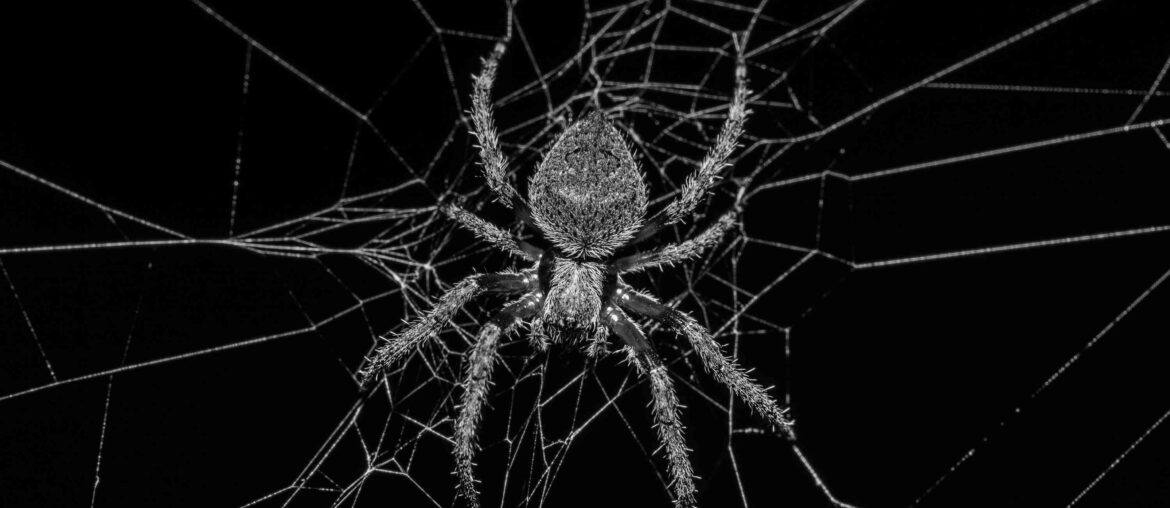Missouri, with its diverse ecosystems, is home to a variety of spider species, some of which are notably large and intriguing in their appearance and behavior. From the Texas Brown Tarantula to the elusive Eastern Parson Spider, these spiders play important roles in the ecosystem and offer a fascinating glimpse into the world of arachnids.
In this article, we will explore the biggest spiders in Missouri, shedding light on their size, habitat, notable features, and whether they are venomous or not.
1. Texas Brown Tarantula (Aphonopelma hentzi)
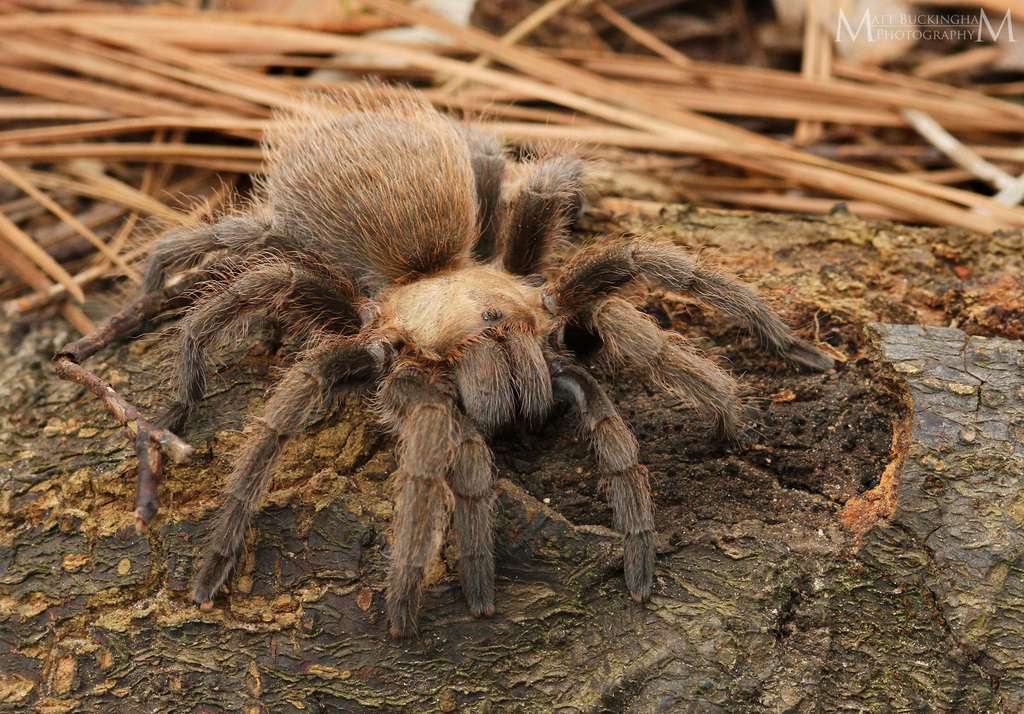
- Size: Large, with a leg span of up to 4 to 5 inches
- Habitat: Grasslands, deserts, and scrublands
- Notable Features: Rust-brown color, covered in dense hair, and often found in burrows.
- Venomous: Mild venom, not considered dangerous to humans.
2. Eastern Parson Spider (Herpyllus ecclesiasticus)
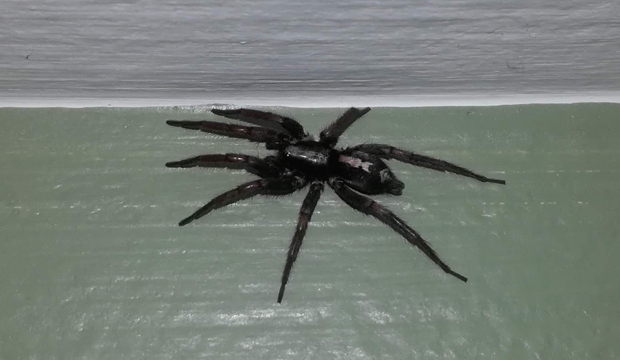
- Size: Medium-sized, with a leg span of about 1 inch
- Habitat: Gardens, shrubs, and grassy areas
- Notable Features: Distinctive black and white markings on the abdomen and cephalothorax.
- Venomous: Venomous but not considered a significant threat to humans.
3. Black Widow (Latrodectus mactans)
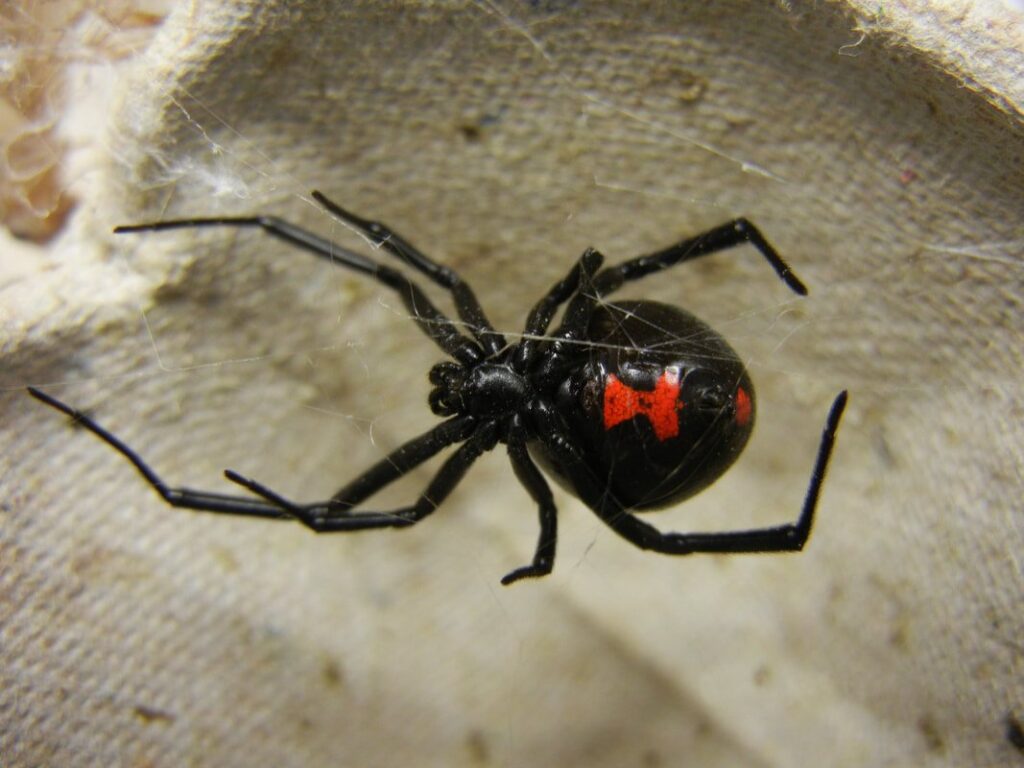
- Size: Medium-sized, with a leg span of about 1 to 1.5 inches
- Habitat: Dark, secluded areas, such as woodpiles and sheds
- Notable Features: Glossy black with a red or orange hourglass shape on the abdomen.
- Venomous: Potentially dangerous venom that can cause discomfort and serious symptoms in humans.
4. Giant House Spider (Eratigena atrica)
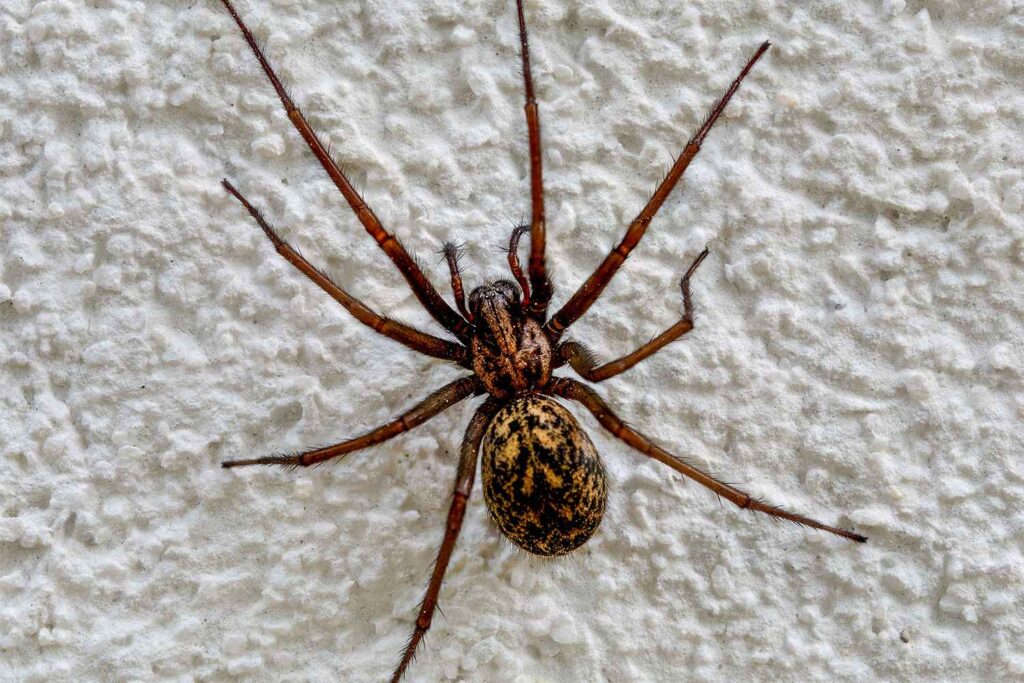
- Size: Medium to large, with a leg span of about 2 to 3 inches
- Habitat: Indoor and outdoor environments, commonly found in homes
- Notable Features: Long legs and a tan to dark brown body with faint markings.
- Venomous: Venom is not considered harmful to humans.
5. Wolf Spider (Lycosidae)

- Size: Medium to large, with a leg span of about 1 to 2 inches
- Habitat: Varied habitats, including grasslands, forests, and gardens
- Notable Features: Stout body, robust legs, and unique eye arrangement.
- Venomous: Venom is not considered dangerous to humans.
6. Jumping Spider (Salticidae)
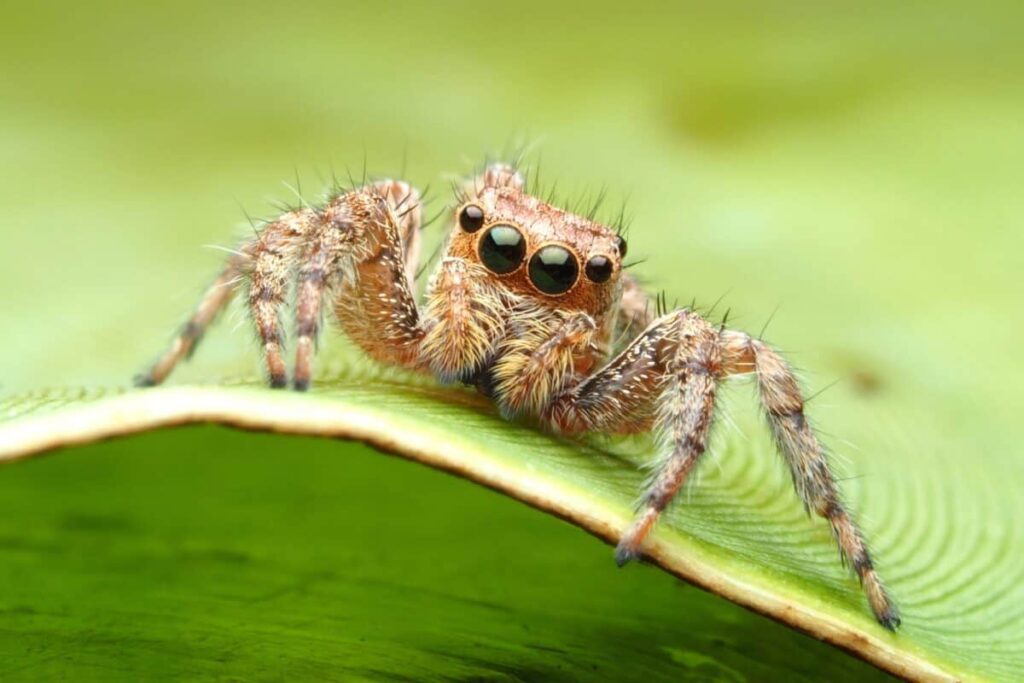
- Size: Small to medium-sized, with a leg span of about 0.25 to 1 inch
- Habitat: Diverse habitats, including vegetation, walls, and ceilings
- Notable Features: Compact body, excellent vision, and vibrant colors.
- Venomous: Venom is not considered harmful to humans.
7. Grass Spider (Agelenopsis)
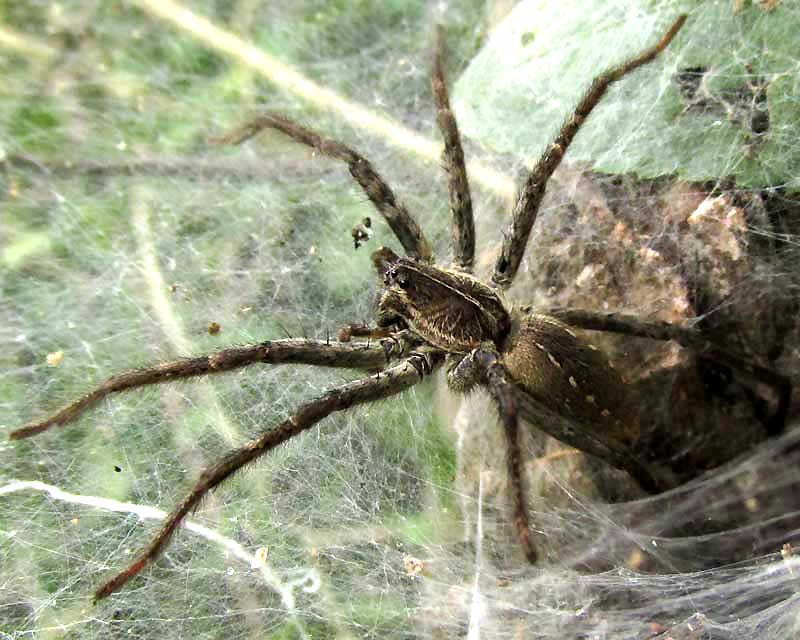
- Size: Medium-sized, with a leg span of about 0.5 to 1 inch
- Habitat: Grasslands, gardens, and shrubs
- Notable Features: Spindly legs and a brown or gray body with characteristic markings.
- Venomous: Venom is not considered dangerous to humans.
8. Crab Spider (Thomisidae)
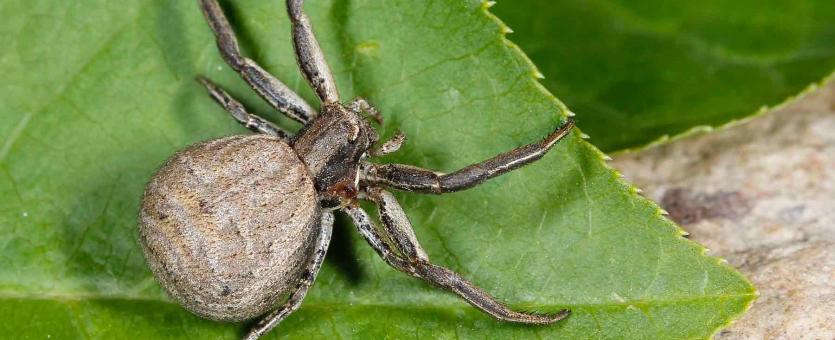
- Size: Small to medium-sized, with a leg span of about 0.5 to 1 inch
- Habitat: Flowers, plants, and foliage
- Notable Features: Broad, flattened body and ability to change color to match the surroundings.
- Venomous: Venom is not considered dangerous to humans.
9. Sac Spider (Clubionidae)
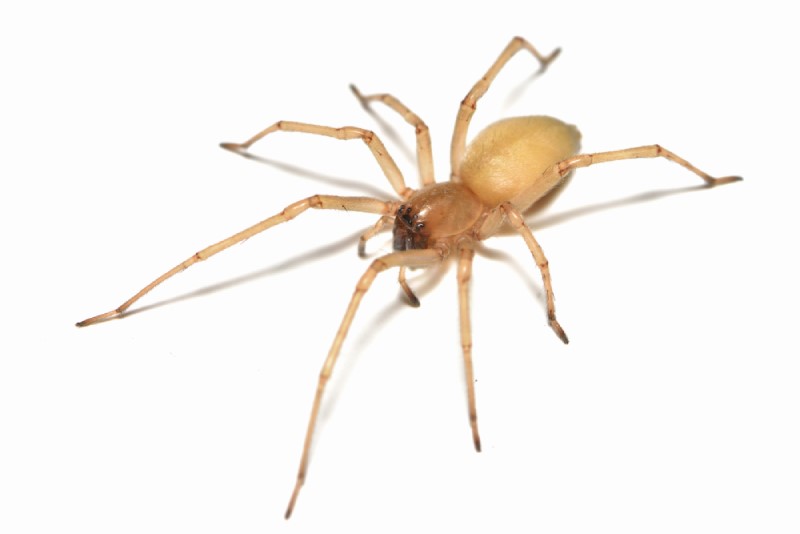
- Size: Small to medium-sized, with a leg span of about 0.25 to 0.75 inch
- Habitat: Vegetation, leaves, and human structures
- Notable Features: Slender body and distinctive sac-like web for shelter.
- Venomous: Venom is not considered dangerous to humans.
10. Sheet Weaver (Linyphiidae)
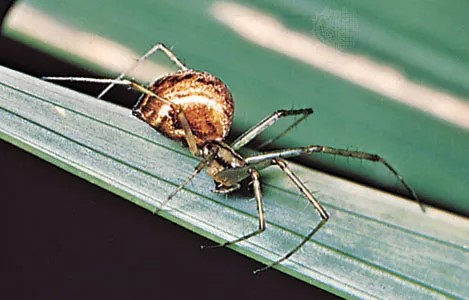
- Size: Small, with a leg span of about 0.1 to 0.25 inch
- Habitat: Low vegetation, grass, and leaves
- Notable Features: Delicate appearance, creates sheet-like webs for capturing prey.
- Venomous: Venom is not considered dangerous to humans.
Missouri’s spider species vary greatly in size, habitat, and characteristics, contributing to the state’s rich biodiversity. While some of these arachnids are venomous, they typically pose little threat to humans. Understanding the role and diversity of these spiders helps us appreciate the intricate web of life within Missouri’s ecosystems.
